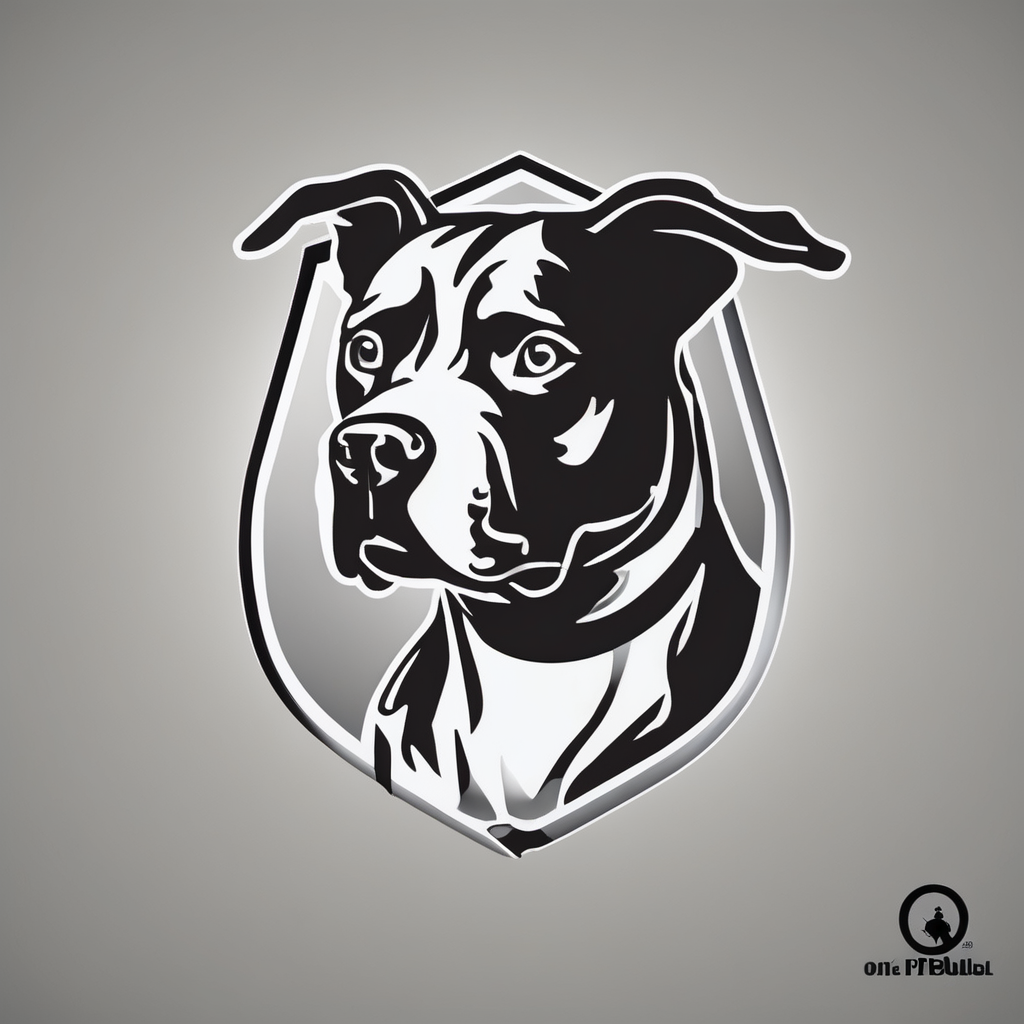Essential Care for Dogs in the UK’s Variable Weather
Understanding and adapting to the UK’s climate is vital when keeping dogs comfortable in UK climate conditions. The UK’s frequently changing weather poses unique challenges for dog owners. Rain, cold, and damp often prevail, making consistent care important to maintain canine well-being.
Adjusting daily routines is essential for effective weather adaptation for dogs. Walks may need to be timed to avoid heavy rain, while colder days require extra attention to warmth and comfort. Simple measures, such as shortening outdoor time during storms, help prevent stress and illness.
This might interest you : What are the essential dog care tips for UK urban living?
Seasonal changes further impact dogs, with colder months often triggering skin dryness or joint stiffness, particularly in older pets. Owners can minimize these effects by ensuring dogs have access to dry, warm resting areas and by hydrating skin through grooming practices.
By embracing UK dog care tips centered on these weather realities, owners provide a safer, more comfortable environment. Understanding the challenges of UK weather for dogs leads to practical, proactive strategies that benefit their health across all seasons. This holistic approach forms the foundation of successful dog care in the UK’s variable climate.
In parallel : How can you find the perfect UK vet for your dog?
Practical Tips for Dog Comfort During Rain, Cold, and Damp
Ensuring dog comfort in wet weather starts with managing the aftermath of outdoor activities. After walks, thoroughly drying your dog’s coat and paws prevents chilling and skin irritation. Using absorbent towels and gentle grooming tools helps maintain coat health while promoting warmth. Regular brushing can remove trapped moisture, reducing discomfort and potential infections.
Waterproof dog clothing is an invaluable aid for caring for dogs in rain, especially during persistent showers common in the UK. Raincoats and waterproof jackets shield dogs from dampness, keeping their core temperature stable. Additionally, paw protection—such as booties or balm—protects sensitive pads from cold, wet surfaces and potential chemicals used to clear icy paths.
Maintaining a warm, dry bedding area is critical for combating cold weather dog safety concerns. Use insulated bedding materials and place resting spots away from drafts and damp floors. A cozy shelter within the home or garden ensures dogs have a dry retreat. These combined strategies are essential UK dog care tips that create a comfortable, safe environment regardless of weather challenges.
By incorporating these practical measures, owners can address the most immediate causes of discomfort due to rain, cold, and dampness, providing reliable weather adaptation for dogs in the UK’s changeable climate.
Activities to Keep Dogs Active and Mentally Stimulated
Keeping dogs physically and mentally engaged despite the UK’s often wet and unpredictable weather is a key part of weather adaptation for dogs. On rainy days, indoor dog activities UK can include interactive games such as hide-and-seek with treats or puzzle feeders that challenge their problem-solving skills. These activities help maintain mental stimulation for dogs, preventing boredom and anxiety that can arise from limited outdoor time.
Outdoor exercise remains crucial but must be adjusted for safety and comfort. Shorter walks during dry spells or use of covered outdoor areas provides necessary physical activity while avoiding prolonged exposure to rain and cold. Activities like gentle fetch or scent-tracking games on dry days promote healthy exercise without risking hypothermia or paw damage.
Creative solutions also boost dogs’ engagement. Training sessions using positive reinforcement, obedience practice, or even canine massage can enhance well-being. Incorporating variety in both indoor dog activities UK and adjusted outdoor exercise fosters a balanced routine. This approach supports not only physical health but also cognitive function, vital for dogs navigating the UK’s variable climate.
Regularly updating the activity plan helps owners respond to weather changes, ensuring dogs remain happy, healthy, and stimulated all year round.
Choosing and Supporting the Right Dog Breed for the UK Climate
Selecting the best dog breeds for UK climate is crucial for long-term comfort and health. Breeds with dense, water-resistant coats like Labrador Retrievers and Border Collies tend to thrive in the wet, variable UK weather. These breeds naturally resist dampness and cold, reducing risks linked to the climate.
For owners of sensitive or short-haired breeds, special care is necessary. Dogs like Greyhounds or Whippets lack insulating fur and can feel the cold sharply. Wearing insulated jackets during walks and ensuring warm indoor environments are effective UK dog care tips for these breeds. Regular monitoring for signs of chills or discomfort supports weather adaptation for dogs who struggle in cooler conditions.
Supporting less-adapted breeds involves combining breed-specific strategies with general care practices. Providing waterproof clothing, paw protection, and thermal bedding benefits all breeds, especially those prone to cold sensitivity. Tailoring care to breed needs enhances dog comfort in the UK’s often damp and chilly climate. This approach ensures all dogs, regardless of breed, can enjoy a healthy, comfortable life despite unpredictable weather.
Recognising and Managing Health Concerns Linked to the UK Climate
The UK’s variable weather frequently leads to specific health challenges for dogs, making early recognition and management crucial. Damp conditions often cause skin problems such as dermatitis, characterised by itching, redness, and discomfort. Prolonged exposure to wetness can exacerbate these issues, so caring for dogs in rain entails thorough drying and monitoring.
Joint pain, especially arthritis, tends to worsen during cold and damp spells. Older dogs or breeds predisposed to joint conditions require tailored UK dog care tips like warm bedding and restricted exposure to chill. Recognising early signs like limping or stiffness enables timely veterinary interventions, ultimately improving quality of life.
Additionally, the cold weather increases the risk of hypothermia, particularly in small or short-haired dogs. Vigilant observation for symptoms such as shivering, lethargy, or pale gums is essential for dog comfort in wet weather and cold safety.
Preventative care combines environmental adaptations with regular health checks. Consulting vets who understand climate-related health issues ensures personalized advice. Proactive attention to these concerns is key in effective weather adaptation for dogs, safeguarding canine health throughout the unpredictable UK seasons.
Essential Care for Dogs in the UK’s Variable Weather
Adapting to the UK’s unpredictable weather involves understanding how rain, cold, and damp affect your dog’s well-being. Keeping dogs comfortable in UK climate means changing daily routines to limit exposure during heavy rain or sudden cold snaps. For instance, walking dogs at times when rain is lighter or temperatures are milder helps reduce stress and health risks.
Seasonal changes also impact dog comfort. Colder months often cause joint stiffness or dry skin, especially in older dogs. Applying UK dog care tips such as providing warm bedding and regular grooming helps maintain skin hydration and reduces discomfort. Monitoring signs of cold-related issues enables prompt action to protect canine health.
Weather adaptation for dogs must include flexible adjustments. If frost or heavy rain is forecast, shortening outdoor activity or using protective clothing shields dogs from harsh elements. Ensuring access to dry, sheltered resting areas further supports comfort during wet and cold spells.
In summary, proactively adapting daily care based on UK weather challenges ensures dogs remain comfortable and healthy despite the climate’s variability. This practical, attentive approach exemplifies effective weather adaptation for dogs in the UK.

